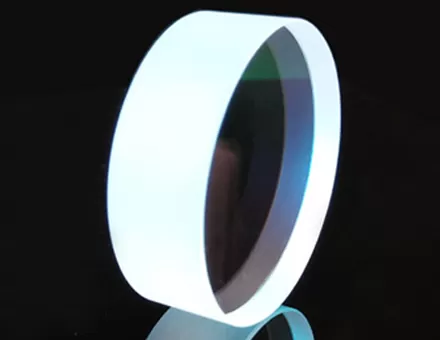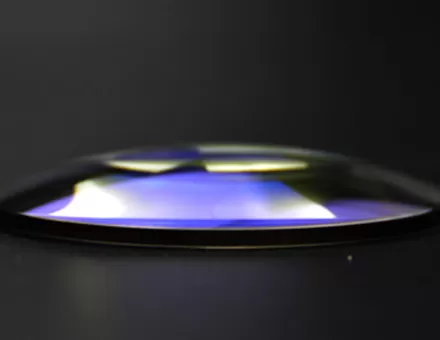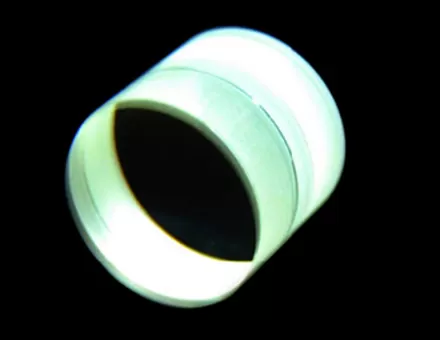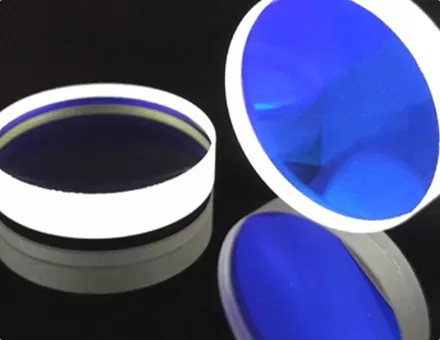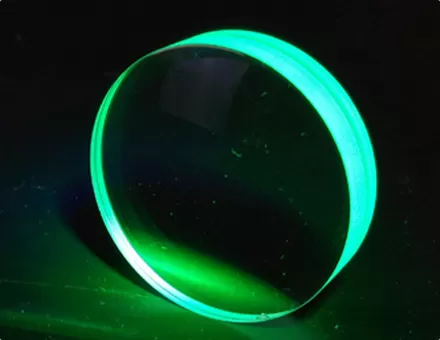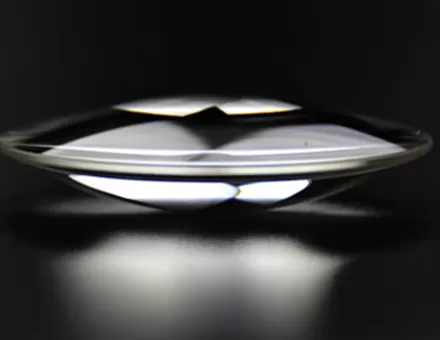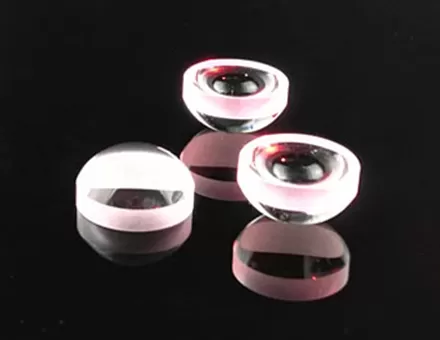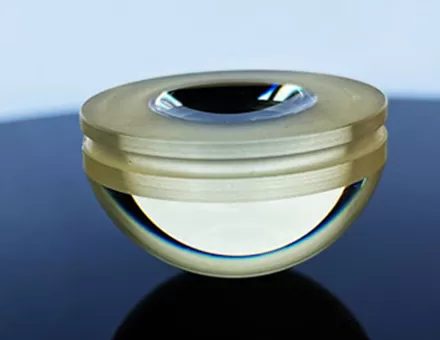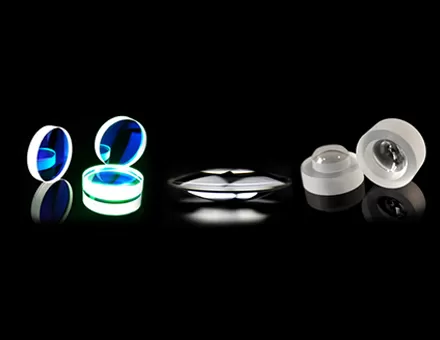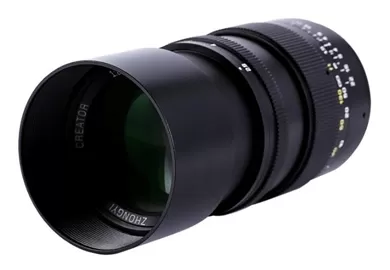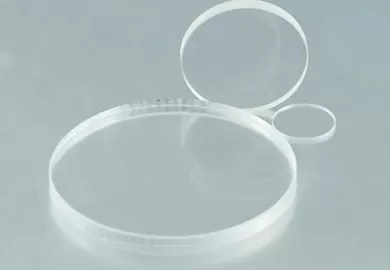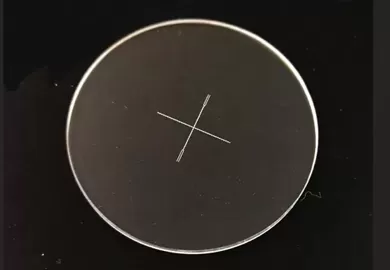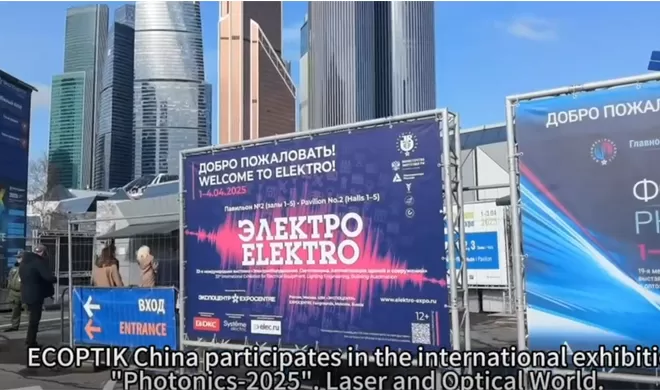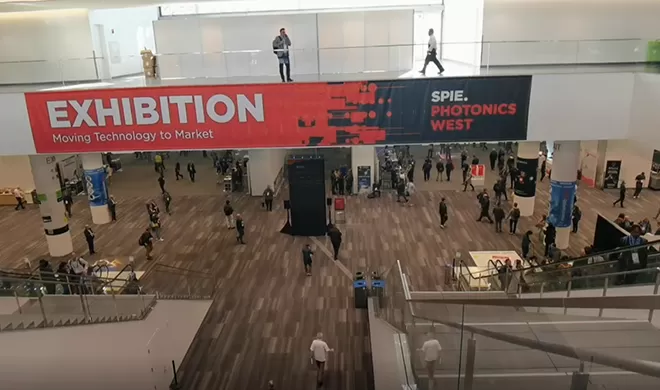A lens is a device that can converge or disperse light, and the resulting image can be real or virtual. It is widely used in various fields such as security, car wear, digital camera, laser, optical instrument and so on. Various common colorless optical glasses including fused silica, calcium fluoride, magnesium fluoride, silicon, germanium, zinc selenide and other materials; and plano-convex lenses, bi-convex lenses, plano-concave lenses, bi-concave lenses, super Hemispherical lens, small spherical lens, meniscus lens, cemented lens, etc. The lens is made according to the law of light refraction. A lens is an optical element made of transparent materials (such as glass, crystal, etc.). The lens is a refracting lens, and its refractive surface is a transparent body with two spherical surfaces (part of the spherical surface) or one spherical surface (part of the spherical surface) and one plane. The images it forms are real and virtual. Lenses can generally be divided into two categories: convex lenses and concave lenses. The center part is thicker than the edge part is called a convex lens, there are three kinds of biconvex, plano-convex, and concave-convex; the center part is thinner than the edge part is called a concave lens, and there are three kinds of bi-concave, plano-concave, and convex-concave.

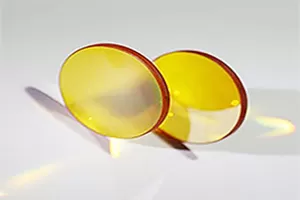
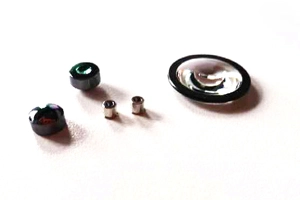

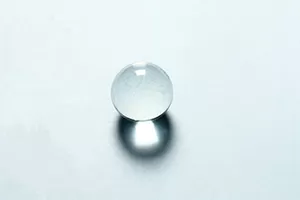
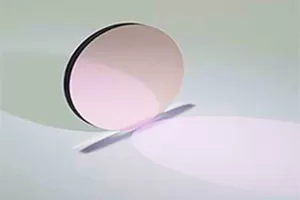
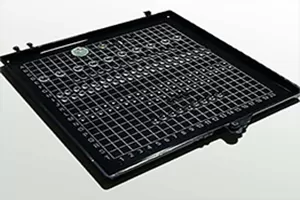

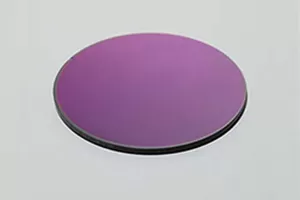
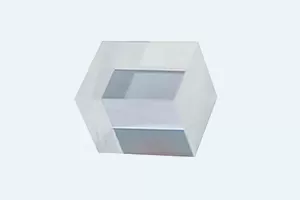
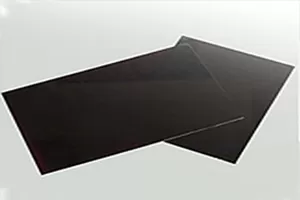
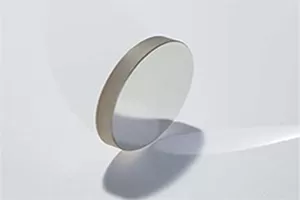
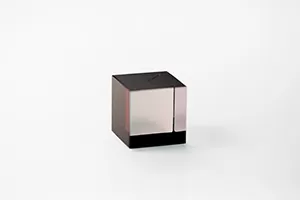
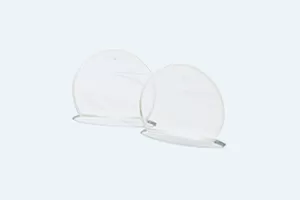
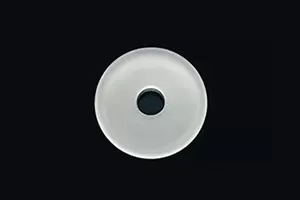
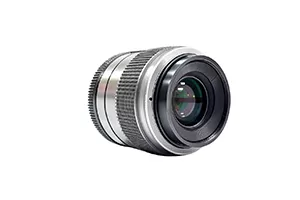
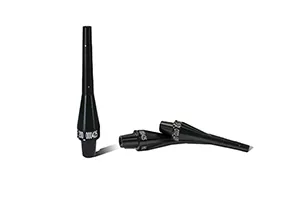
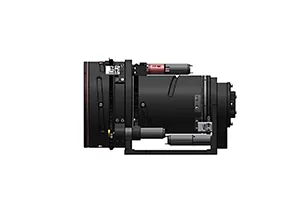
 EN
EN

